The Switch OLED model is due for release soon, and as the original Switch is still available, you might wonder which console is best for your needs.
Let's take a look at the standard Switch compared to the Switch OLED, so you can decide which version to invest in.
The Standard Switch vs. the Switch OLED
There are several significant differences between the original Switch and the Switch OLED. Here's how they compare:
1. Screen Size
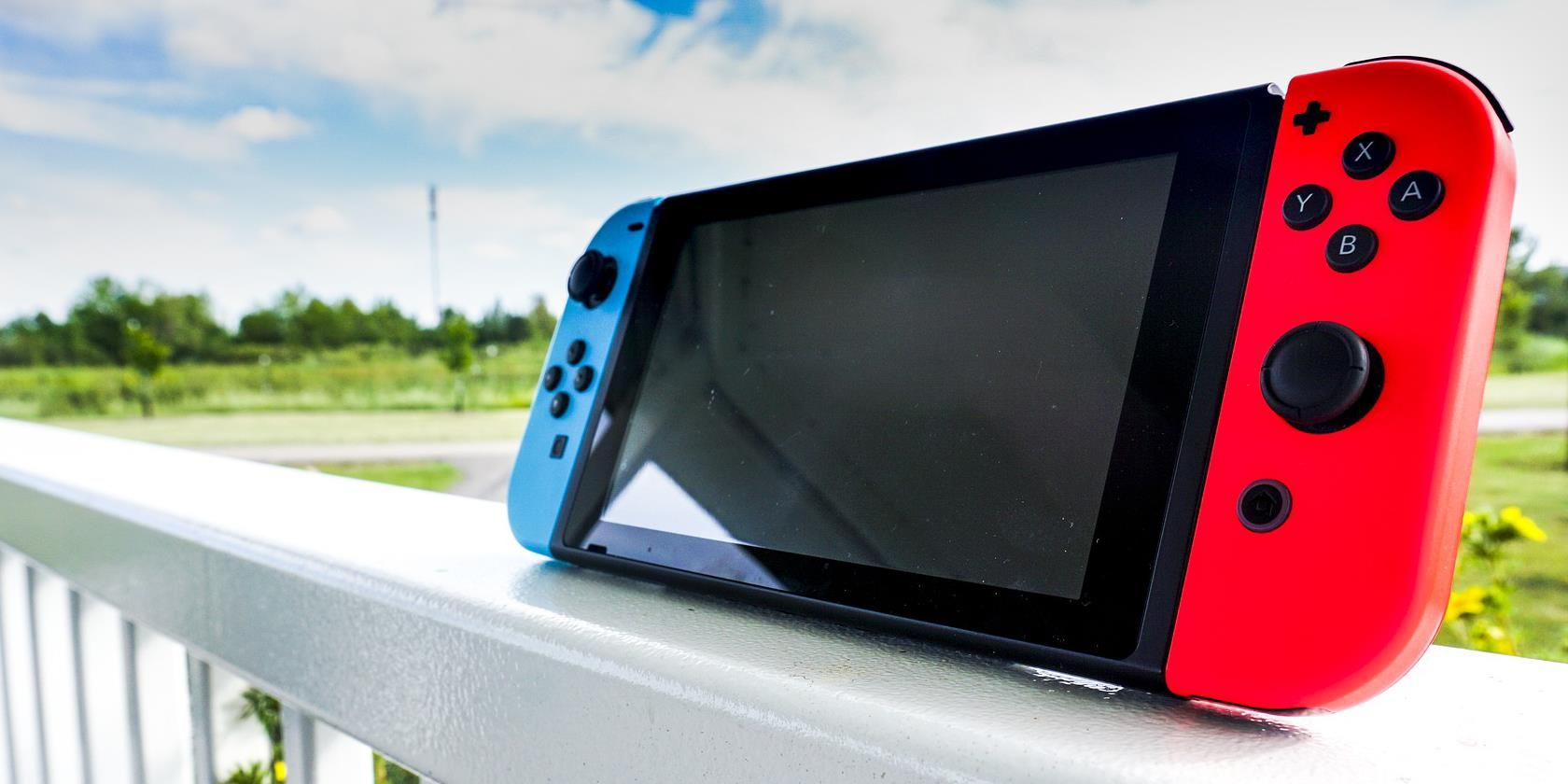
The amount of screen real estate available when you play a game is essential, especially for a handheld console. And both the original Switch and the Switch OLED support docked play via an external display. But what about undocked?
The original Switch comes with a 6.2-inch screen, which is decent enough for play in the handheld mode. However, the Switch OLED features a larger 7-inch screen, offering more display space to enjoy your games. If you play primarily using the handheld mode, you'll appreciate the additional 0.8 inches.
Related: Why I'll Be Buying the New Nintendo Switch (OLED) On Day One
2. Display Panel

There is also a difference between the types of display panels the two Switch models use. The name of the forthcoming Switch OLED gives the game away. It has an OLED screen, which offers deep black levels, improved color vibrancy, and high contrast. However, OLED screens can lack the brightness of alternatives.
If you favor a brighter display, then an LCD screen, like that of the original Switch, will probably be more your cup of tea. LCD screens have a backlight, making them brighter and perfect for use in different kinds of light. That means you can see your screen whether it's pitch-black or bright and sunny.
3. Storage Space
If you buy a lot of digital games, then storage space on your device will come at a premium. While you can expand the memory in both the original Switch and the Switch OLED, both have moderate internal storage.
The 2017 Switch comes with 32 GB of space to store your digital titles. This amount isn't much, though, so you may want to consider expanding that if you're a fan of downloading your digital games.
The Switch OLED features 64 GB of internal storage. While still pretty poor, it's twice the capacity of the original Switch, so you can afford to hang fire a little longer before investing in a microSD card.
Related: Mistakes to Avoid When Buying a MicroSD Card
4. CPU/GPU
Given that the Switch OLED releases a full four years after the original model, you'd expect there to be a boost in terms of the CPU/GPU inside the device.
Well, there isn't. You get the same NVIDIA Custom Tegra chip inside both, meaning that the Switch OLED performs no better than the first Switch model. Poor show on Nintendo's part.
5. Video Output
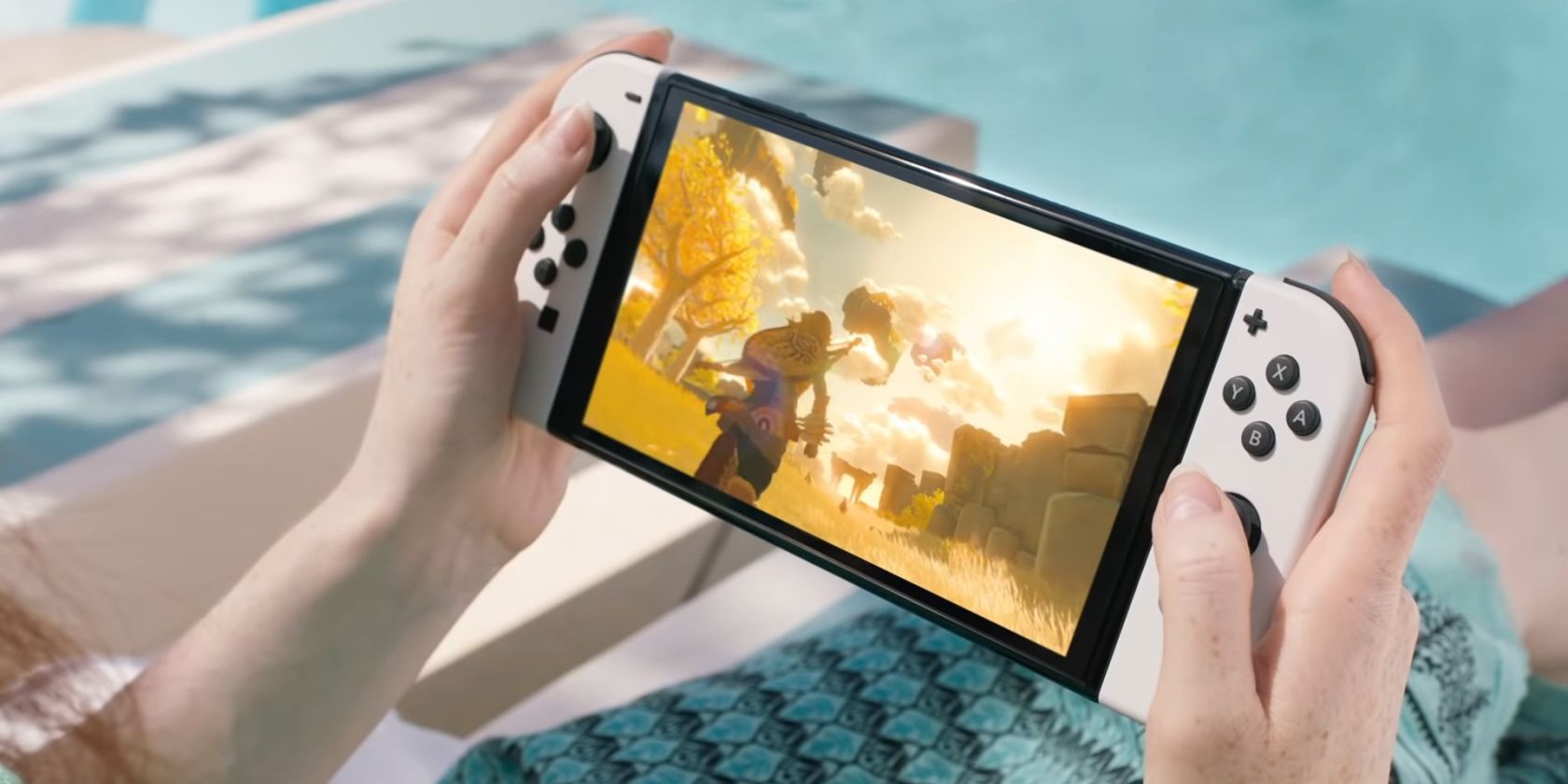
The Switch and the Switch OLED, despite having different displays, both feature the same video output. Unfortunately, things are equally unimpressive when examining TV mode.
Both models have a display resolution of up to 720p when in handheld mode. 720p is okay, but it isn't going to blow your socks off. Given the size of both screens, it isn't vital to have a higher resolution, but it would be nice to see an upgrade on the OLED model.
Likewise, the resolution in TV mode for both models is limited to 1080p. Many gamers expected the Switch OLED to feature 4K output, among other things. But it doesn't.
6. Audio Output
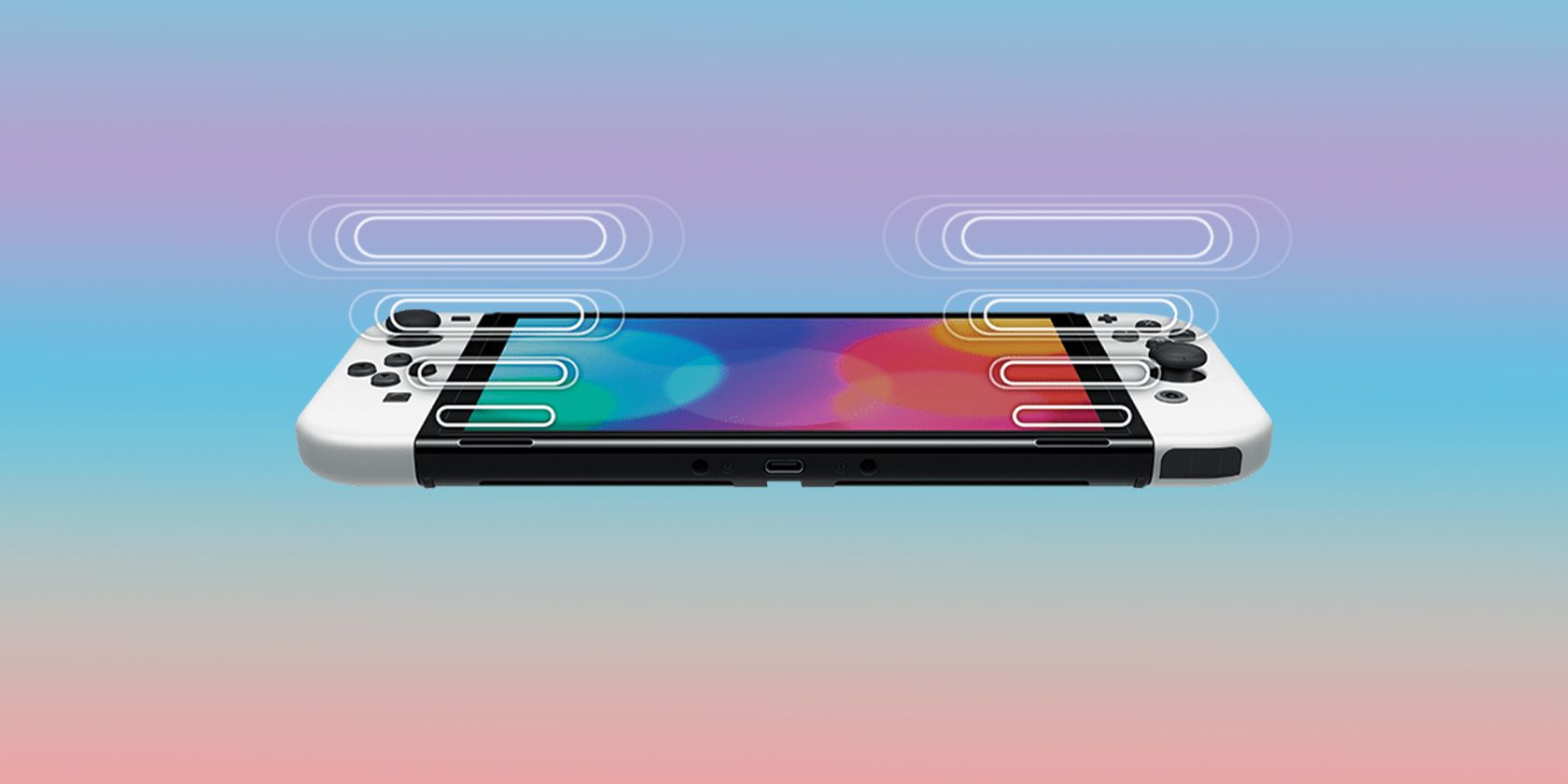
Both Switch models also share the same specs when it comes to audio output. Aside from Nintendo's announcement trailer stating the Switch OLED boasts “enhanced audio,” there is no discernible difference between the two models.
So, if you were hoping to hook your Switch OLED up to some Bluetooth headphones, don't hold your breath. You'll still need to use a wired headset when you're not using the external speakers.
Unfortunately, we'll have to put up with fussy headphone cables until we get a Switch that supports Bluetooth audio.
7. Battery Life
The original Nintendo Switch has a battery life between 4.5 to 9 hours in handheld mode. When your Switch is in the dock, the charge level doesn't really matter, but good battery life is crucial if you play a lot of handheld or tabletop Switch.
You don't want to be fighting Ganon in The Legend of Zelda: Breath of the Wild when your battery dies, especially if you haven't saved your game.
Surprise, surprise, the Switch OLED doesn't improve battery life over the original. And, because the new Switch has an OLED screen instead of a back-lit LCD, it has to work harder to display bright whites.
On the flip-side, it doesn't have to work harder to display deeper blacks. But if you play games with lots of white in them, you may find they hamper your battery life.
Related: How to Make Your Nintendo Switch Battery Last Longer
8. The Kickstand
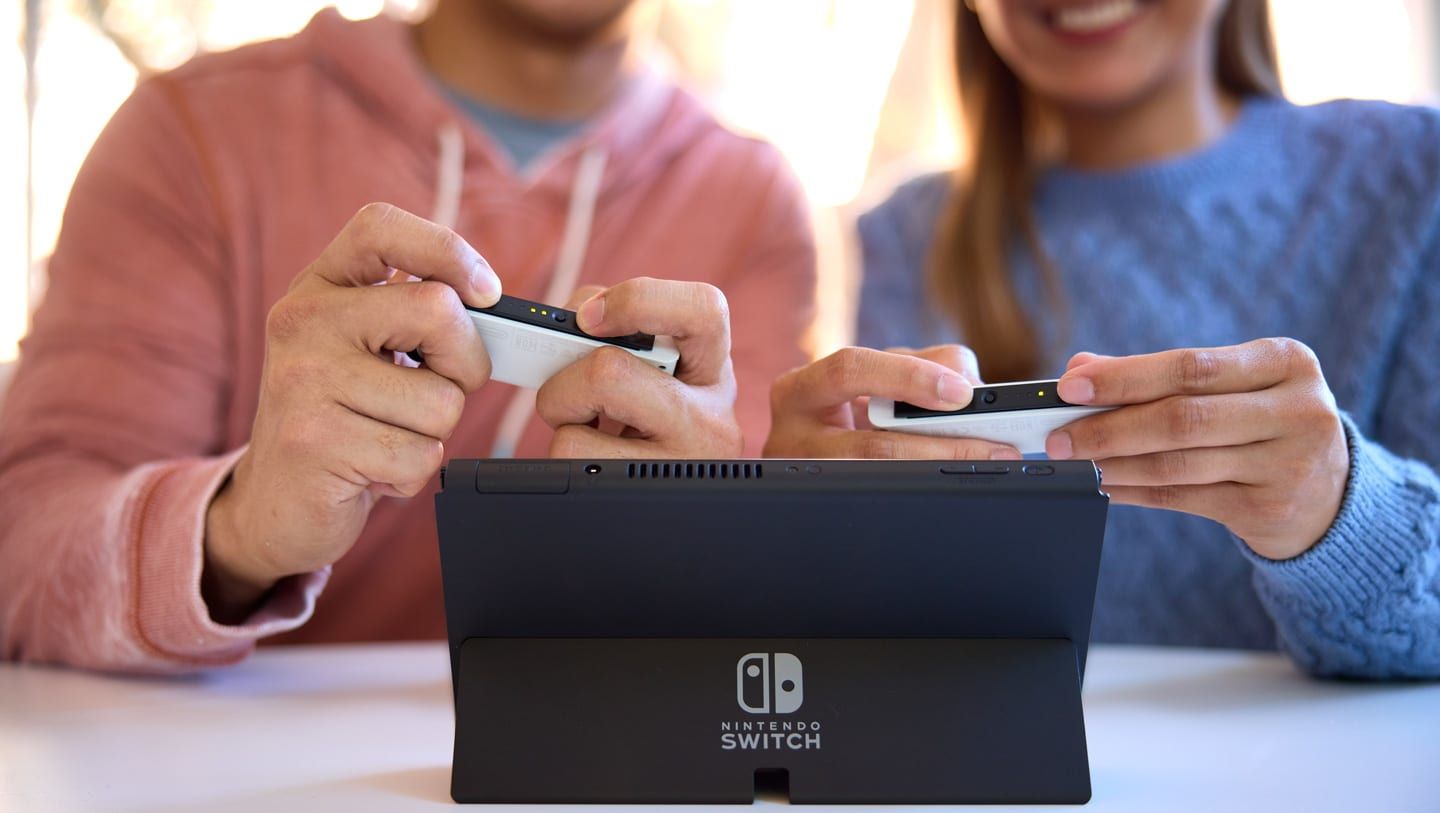
Nintendo has made quite a fuss about the kickstand on the new Switch OLED. It has a wide, adjustable base, excellent for tabletop mode. In addition, the new stand runs the entire width of the Switch OLED, so you won't have to worry about tumbling consoles during intense gaming sessions.
The original Switch has a notoriously flimsy stand positioned on one side of the rear of the console. It's unbalanced and gives the feeling that your Switch could fall over at any moment.
9. The Controllers
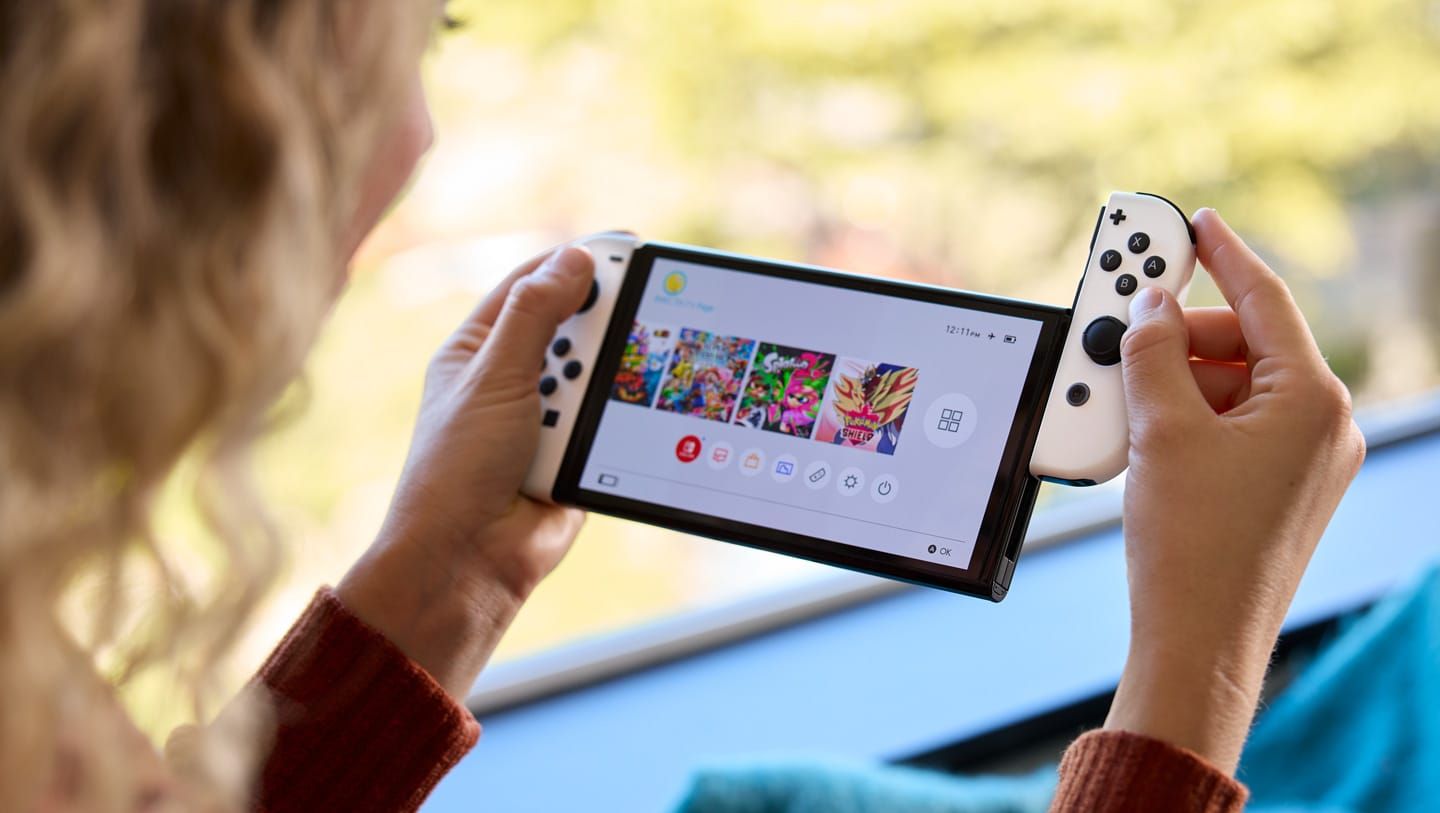
One improvement everyone hoped for with the Switch OLED was with the controllers. But true to form, the OLED model shares the same Joy-Con with the Switch 2017.
So, what does that mean in terms of Joy-Con drift? Will the Switch OLED Joy-Con suffer the same ill fate?
That's hard to say, as no one outside of Nintendo has tested the new model. Fortunately, a YouTuber discovered a surprisingly simple fix for Joy-Con drift (Warning: using this method will void the warranty on your Joy-Con).
Which Console Is Best: Switch or Switch OLED?
When comparing these two, it is safe to say that the Switch OLED nudges a win as the better console. It has an upgraded display panel, supposedly better audio, and more internal storage.
However, if those features aren't critical for you, a Switch or a Switch Lite could be the wiser choice. And, by purchasing one of those, you'll save yourself a few extra dollars.
